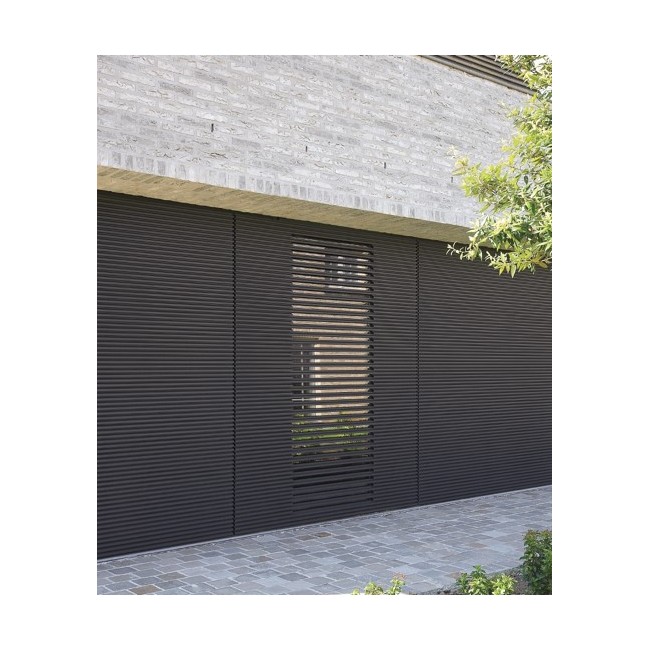

Flex Item properties (order, flex, flex-grow, flex-shrink, align-self).Container properties (flex-direction, flex-wrap, justify-content, align-items, align-content).The Basicsįlexbox properties can be categorized into 2 main types: It’s pretty cool given that just one or two lines of CSS were required to manipulate the layout inside each container. Vertical alignment layout: flex-direction: column

Horizontal alignment layout: display: flex Let’s have a quick look at a few examples of what can be done with just a minimum of 1–2 lines of codes using CSS flexbox: So to summarize, it is a layout module that makes things easier to align and distribute space among items in a container. Both horizontal and vertical alignment of the children can be easily manipulated.”

In the flex layout model, the children of a flex container can be laid out in any direction, and can “flex” their sizes, either growing to fill unused space or shrinking to avoid overflowing the parent. Responsive gutter settings by default.By Zeeshaan Maudarbocus What is CSS Flexbox?Īs per the MDN web docs: “CSS Flexible Box Layout is a module of CSS that defines a CSS box model optimized for user interface design, and the layout of items in one dimension. Gutter map or single value to use when inverting margins, in case the row is nested. Set to false to have row wrapping behavior set to nowrap Useful if you're calling this mixin on the same element twice, as it prevents duplicate CSS output.

Set to false to prevent basic styles from being output. If set to null (the default), the global column count will be used. Set to expand to make the row taking the full width. collapse indicates that the columns inside this row will not have padding. nest indicates the row will be placed inside another row. Modifications to the default grid styles. Watch this part in flex-grid-row( $behavior, $size, $columns, $base, $wrap, $gutters) Ĭreates a container for a flex grid row. Note that we use the word middle for vertical alignment, and center for horizontal alignment.Īpplying a vertical alignment class to the flex row will affect every column directly inside it. Your options for vertical alignment are top, middle, bottom, and stretch. This behavior can be changed with another set of alignment classes. Learn more about justify-content.īy default, all columns in a flex grid stretch to be equal height. The horizontal alignment classes are shorthands for the justify-content CSS property. This means there will always be space to the left of the first column, and to the right of the last column. The first and last columns pin to the edge of the grid.Ī spaced grid ( justify-content: space-around) evenly distributes the space around each column. A justified grid ( justify-content: space-between) evenly distributes the space between each column. You might be wondering what the difference between.


 0 kommentar(er)
0 kommentar(er)
